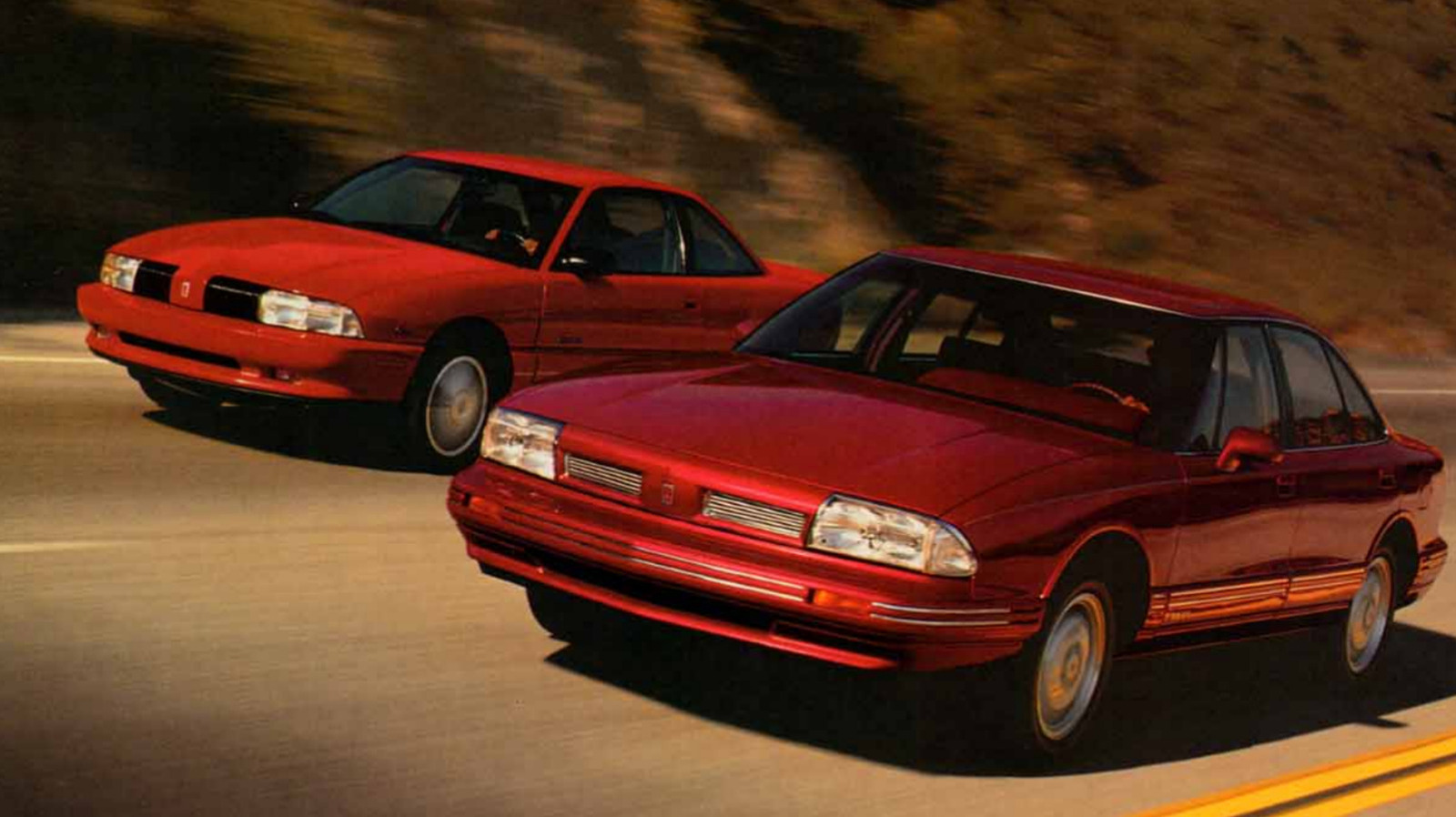The decline of the Oldsmobile brand can be traced back to the ill-fated “Not Your Father’s Oldsmobile” advertising campaign launched by General Motors (GM) in 1988. This initiative aimed to revitalize the brand, which had become synonymous with aging demographics and declining sales. Unfortunately, the strategy ultimately failed to resonate with both older and younger audiences, accelerating the brand’s demise rather than saving it.
The automotive landscape transformed dramatically after the oil crises of the 1970s, leading many American automakers to rethink their strategies. Oldsmobile, once a respected name in the industry, faced significant challenges as it struggled to adapt. By the 1980s, the brand had garnered a reputation for producing vehicles that appealed primarily to older consumers. While not inherently poor in quality, these cars were often viewed as dull, with a cookie-cutter design that failed to excite new buyers.
In an effort to reverse this trend, GM launched the “Not Your Father’s Oldsmobile” campaign, featuring commercials designed to attract a younger demographic. One of the campaign’s most notable ads featured actor Peter Graves driving an Oldsmobile Cutlass through an action-packed scene. The twist revealed that it was actually his daughter, Amanda Graves, at the wheel, accompanied by a choir singing the campaign’s slogan. Unfortunately, this bizarre premise did little to engage the intended audience.
The campaign’s approach marked a significant departure from traditional advertising methods. By attempting to downplay Oldsmobile’s heritage, GM inadvertently alienated many loyal customers while failing to attract younger buyers. The strategy was reminiscent of former President Richard Nixon’s famous denial, “I am not a crook,” which, rather than reassuring the public, only served to reinforce doubts. Similarly, Oldsmobile’s insistence that its new models were not for the older generation inadvertently aged them further in the eyes of consumers.
Despite the brand’s efforts to reinvent itself, the sales figures painted a grim picture. Throughout the 1980s, Oldsmobile regularly sold between 800,000 to 1 million units annually. However, after 1990, sales never again surpassed 500,000 units per year, regardless of the marketing strategies employed. This decline became evident as the company struggled to recover from the fallout of its ill-conceived advertising approach.
The “Not Your Father’s Oldsmobile” campaign continued into the late 1990s, but the damage was done. The brand’s image had deteriorated significantly, making it increasingly difficult to regain market share. Oldsmobile ceased production on April 29, 2004, with its last model, the Alero, marking the end of an era for a company with over a century of automotive history.
As the automotive industry evolved, Oldsmobile’s failure to adapt to changing consumer preferences serves as a cautionary tale for other brands. The paradox of attempting to distance itself from its legacy ultimately led to a brand that appealed to no one. This case underscores the importance of understanding one’s target demographic and maintaining a connection with core customers while seeking new audiences.
The story of Oldsmobile highlights the delicate balance required in marketing and brand management, particularly in an industry as competitive as automotive manufacturing. The lessons learned from this campaign are still relevant today, reminding companies that their identity and heritage can be both a strength and a vulnerability.
